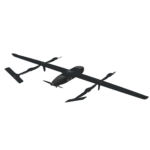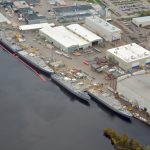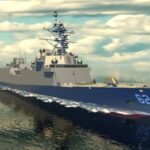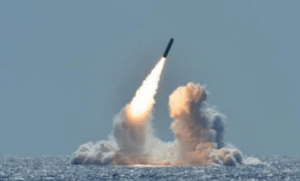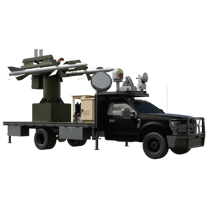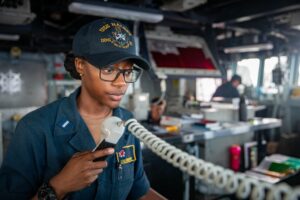
The Navy issued a Request For Information (RFI) on Jan. 3 conducting market research on autonomous navigation technologies to support Navy ships and submarines. The technology is called Bride Decision Aid. The Navy’s notice said the main features it desires include integration of bridge decision aid technology with existing bridge systems on surface ships, integration of installed Government Furnished Equipment shipboard sensors like navigation radars and electro-optical/infra-red systems into the technology, building user trust decision aid solutions, and using the…

 By
By 